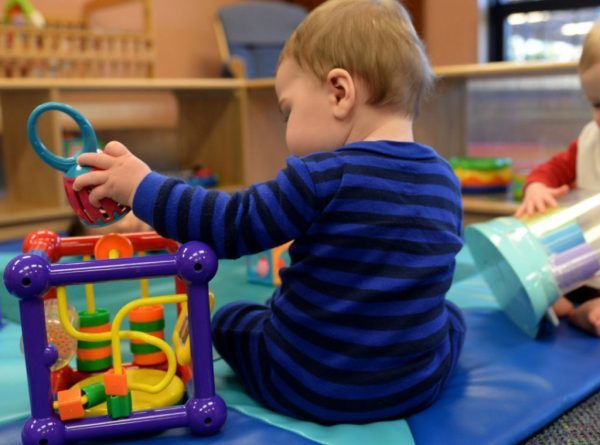Bilateral Coordination & Crossing The Mid Line
Bilateral coordination
Bilateral coordination is the ability to use both sides of the body at the same time in a coordinated way. This action may be symmetrical where both sides of the body are doing the same action or using different movements on both sides for example using a rolling pin, jumping and walking.
As a child develops good bilateral coordination they can move one side of the body while stabilizing themselves or an object with the other side. This includes movements such as hopping or cutting.
Crossing the mid line
Crossing the mid line is an important aspect of bilateral coordination. This is the ability to move a part of the body such as a hand or foot into the space of the other half of the body. For example, when a child sits cross-legged on the floor or draws a horizontal line across the page without having to change hands in the middle.
Good Bilateral Coordination
Good bilateral coordination leads to an awareness of the two sides of the body, selection of one side as dominant and a sense of right and left discrimination. Bilateral coordination is important for the development of many fine and gross motor skills.
Does it differ for age groups?
Babies and toddlers use both hands equally and initiate picking up or interacting with an object with whichever hand is closer. However, by 3-4 yrs. of age a child should typically have mastered the skill of “crossing midline.” Establishing hand dominance is an indicator that the brain is maturing, and lateralization is occurring- this is strongly correlated with the ability to cross midline.
The child who avoids midline crossing can have difficulty coordinating both sides of the body and often, has difficulty establishing hand dominance; tends to alternate hand use when coloring, writing, eating, throwing, etc.
Body Awareness
Another important basis in the development of bilateral coordination is body awareness. Body awareness refers to the ability to know where your body is in space without necessarily using vision. It involves proprioception, which is feedback from muscle and joint sensations. Children who do not have adequate body awareness may appear a bit clumsy, be cautious with movement or fearful with feet off ground. For example tossing in air, swinging, etc. Seek or avoid deep input or be too rough with peers and toys. This includes wrestling, crashing, carrying, pushing, pulling heavy objects.
Subsequently, children who do not have a good sense of where their body is or body parts are in space can have difficulty coordinating both sides of their body to complete bilateral tasks. For example putting on socks and shoes, throwing and catching a large ball with 2 hands and cycling.
Some activities for bilateral activities:
- Blow bubbles and reach with both hands to pop them
- Pull cotton balls apart, glue on paper to take a picture
- Tear strips of paper, paste on paper to make a collage
- Squeeze, push and pull on clay, putty, play doh or modeling foam
- Pull apart construction toys, Lego, nuts and bolts with both hands
- Roll play doh, putty or clay with rolling pins
- Percussion toys: symbols, drums (both hands together), etc.
If you are a parent that has a child that would like to improve their motor skills and co ordination please contact us and come visit our state of the art facility.
- Have any questions?
- +971-529997075, +97143460066
- info@hope-amc.com


